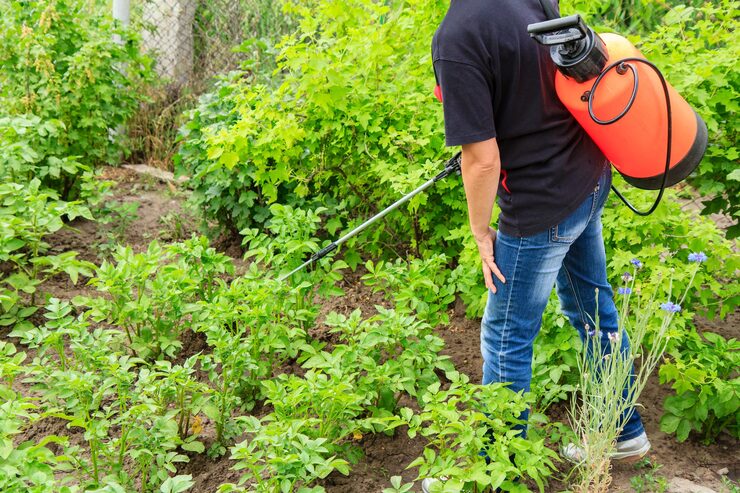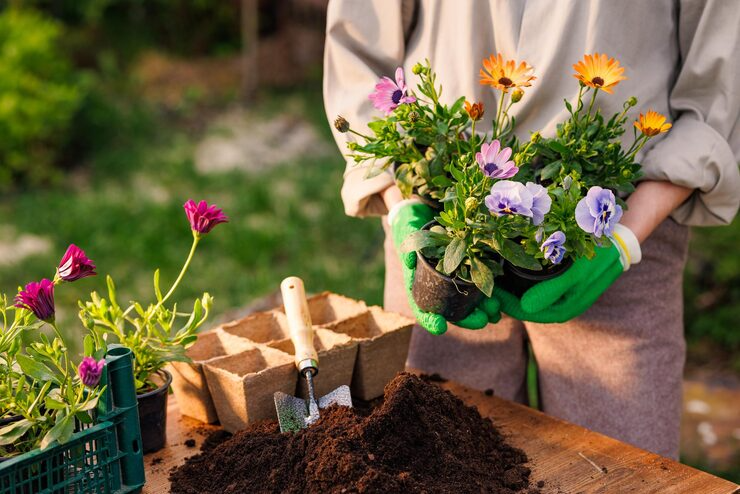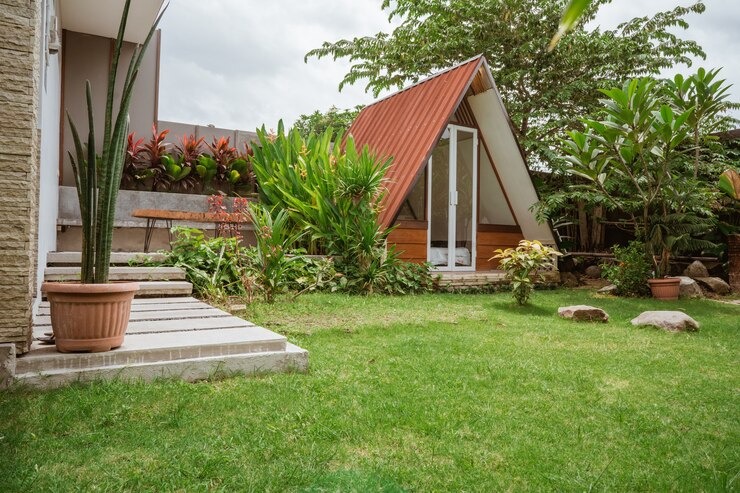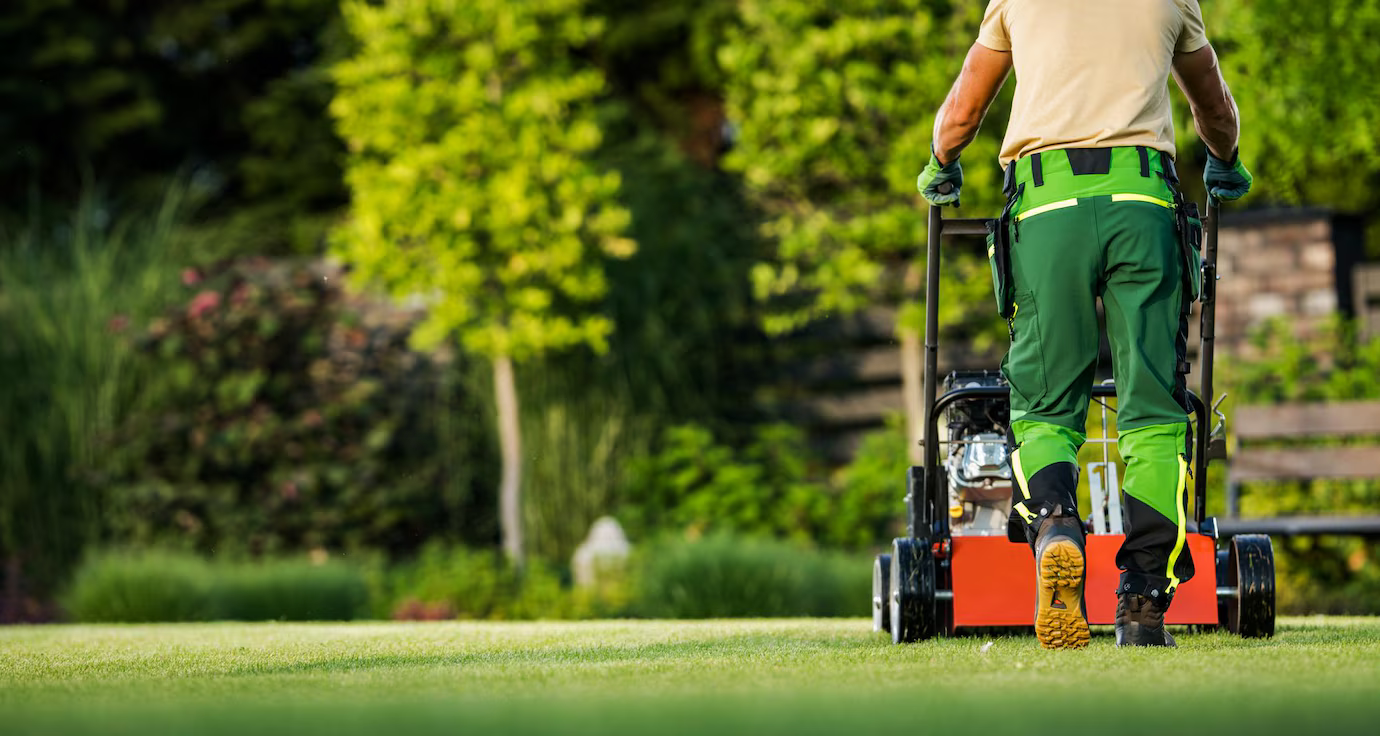
Winter is finally ending. Can you feel it? The air is a little warmer. The days are getting longer. Consequently, this is the perfect time to think about your yard. Spring is a season of new life. It is when flowers bloom. It is when bees get busy. You probably want a beautiful garden. A stunning garden, however, does not happen by magic. It takes some planning. It also takes some work. But, do not worry. This work is fun. Getting your garden ready is exciting. This guide will help you. We will show you exactly how to prepare. Let’s get your garden ready for an amazing spring.
Why You Must Prepare Your Spring Garden
You might ask, why is preparation so important? Can’t I just plant seeds in the dirt? Well, you could. But, your plants will not be as happy. A little prep work makes a huge difference.
First, preparation helps your soil. Your soil is the home for your plants. It needs to be healthy. After winter, the soil is often hard. It is also packed down. It might have lost its nutrients. Cleaning and feeding the soil gives your plants a head start.
Second, you stop problems before they start. We are talking about weeds. Weeds are garden bullies. They steal water. They also steal food from your flowers. By preparing your beds early, you remove weeds. You get them when they are small. This is much easier.
Third, it saves you time later. A clean garden is easier to manage. When you plant, you will have a clear space. Your tools will be ready. You will know exactly where to put your new plants.
Finally, it is good for you! Being outside in the fresh air is healthy. Working with the soil connects you to nature. It is a wonderful way to welcome the new season. It builds excitement for the beautiful plants to come.
When to Start Your Spring Garden Prep
Timing is everything in gardening. When you start your prep work is very important. If you start too early, the ground will be frozen. You could also be caught in a late snowstorm. If you start too late, however, the weeds will take over. You will also feel rushed.
So, the best time is “late winter” or “early spring.” This changes depending on where you live. The main signal is the ground. You must wait until the ground is not frozen. It should also not be soggy.
How can you test the soil? Pick up a handful of dirt. Squeeze it hard in your hand.
- If water drips out, it is too wet. Wait a few days. Digging in wet soil damages its structure.
- If it forms a hard, sticky ball, it is still too wet.
- If it crumbles apart, it is perfect. You can start digging!
Early Spring Tasks (Late Winter)
These are jobs you can do even when it’s cold. You can even do them inside.
- Plan Your Garden: Get a notebook. Draw a map of your garden. Decide what you want to plant. Think about where the sun hits.
- Order Seeds: Look through seed catalogs. Order your seeds online. This is very exciting. It helps you dream of your future Garden For Spring.
- Check Your Tools: Go to your shed or garage. Find all your tools. Do you have a shovel? A rake? Pruning shears?
- Clean and Sharpen: Clean your tools. Scrape off any old mud. You can use an oily rag to stop rust. Also, sharpen your shears. Sharp tools make cutting easy.
Mid-Spring Tasks (After Last Frost)
These jobs happen outside. You do them after the danger of frost has passed. This is the real, hands-in-the-dirt work.
- The Big Cleanup: This is your first major step.
- Prepare the Soil: This involves weeding and feeding.
- Planting: You can start planting “hardy” plants. These are tough plants. They do not mind a little chill.
Where to Focus Your Energy First
You might feel overwhelmed. There is so much to do. So, where should you start? Let’s break it down. Focus on these three areas, one by one.
The Garden Beds
Your garden beds are the most important area. This is where the magic happens. Your focus here is cleanup. You are making a clean slate for your new plants. Do not worry about the lawn yet. Focus on the planting areas first.
The Soil
Next, focus on the soil itself. You cannot see the soil’s health. But, it is the secret to a great garden. Good soil means good plants. You must check your soil. You must also feed your soil. Healthy soil is dark. It should also be crumbly.
Your Tools and Supplies
Finally, get your supplies ready. You cannot work without your tools. Having everything ready saves time. You will not have to stop working. You will not have to run to the store. Make sure your hose works. Find your watering can. Make sure your wheelbarrow tire has air.
How to Prepare Your Garden Beds
This is the big, fun job. So, how do you prepare the beds? Follow these steps. Your garden will be ready in no time.
Step 1: The Big Cleanup
First, you must clean. Put on your gardening gloves. Grab your rake and wheelbarrow.
- Rake: Rake all the old, dead leaves off your beds. Leaves can hide pests. They also stop the sun from warming the soil.
- Remove Old Plants: Pull out any dead plants from last year. These are usually annuals. They will not grow back. Put them in your compost pile.
- Cut Back: Look at your perennial plants. These are plants that return every year. They may have old, brown stems. Cut these dead stems off. Cut them close to the ground. New green growth will come soon.
- Clear Mulch: If you used thick mulch last year, rake it aside. This lets the soil breathe. It also lets the sun warm it up.
Step 2: Weeding Wisdom
Second, you must tackle the weeds. This is a very important step. Weeds wake up early in spring. They are often green before your flowers.
- Pull Them Now: You must pull weeds when they are small. Their roots are shallow. They come out easily.
- Get the Roots: Grab the weed low. Pull it slowly. Try to get the entire root. If you leave the root, the weed will grow right back.
- Check the Edges: Look at the edges of your garden. Weeds love to hide here. Be thorough.
Step 3: Feeding Your Soil
Third, it is time to feed your soil. Your plants will get very hungry. They need food to grow. Compost is the best food for a garden.
- What is Compost? Compost is decayed organic matter. It is like vitamins for your soil. You can buy it in bags. Or, you can make your own.
- Spread It Thick: Shovel a layer of compost onto your garden bed. A layer of one or two inches is great. You do not need to mix it in perfectly. Just spread it on top.
- Other Options: You can also use aged manure. Or, you can buy garden soil. These things add nutrients. They help your soil hold water. This preparation is key for a great Garden For Spring.
Step 4: Turning the Soil
Last, you need to loosen the soil. The soil is hard after winter.
- Use a Fork: Get a garden fork. Push it into the soil. Gently rock it back and forth. This loosens the dirt. It also adds air. This helps roots grow.
- Mix It In: As you loosen the soil, it will mix with the compost. This is perfect.
- No-Dig Method: Some gardeners prefer “no-dig.” This is also a great choice. For this, you just add compost. You do not dig at all. The worms will do the mixing for you. This method is very good for soil health.
How to Choose Plants for Your Spring Garden
Now the best part begins. You have a clean bed. You have healthy soil. It is time to think about plants.
Cool-Season Vegetables
You can plant some vegetables very early. These are called cool-season veggies. They like the cool air of spring. They do not like the hot summer sun.
- Examples: Lettuce, spinach, and kale are great. You can also plant peas. Radishes and carrots are good root crops. Broccoli and cauliflower also like the cool weather.
- Planting: You can plant these as soonas your soil is ready. Read the seed packet. It tells you how deep to plant them.
Beautiful Spring Flowers
You also want color. Some flowers love the cool weather, too.
- Pansies: These are the toughest spring flowers. They can even handle a light frost. They come in many colors.
- Snapdragons: These are tall. They add height to your garden.
- Primrose: These are bright. They look great at the front of your bed.
- Bulbs: Hopefully, you planted bulbs last fall. Tulips and daffodils will be coming up now. Be careful not to dig them up!
Starting Seeds
You have two choices for plants. You can buy “starts.” These are small plants already growing. Or, you can grow from seed.
- Indoors: Some plants need a long time to grow. Tomatoes and peppers are examples. You should start these seeds indoors. You do this when it is still cold outside.
- Outdoors: Other seeds grow fast. Lettuce and peas are examples. You can plant these seeds right in your garden.
Your Awesome Spring Garden Awaits!
You did it. Your garden is ready. The beds are clean. The soil is fed. Your tools are clean. And, you have a plan.
All this hard work will pay off. You have given your plants the perfect start. Because you prepared, you will have fewer weeds. You will also have healthier plants. This means more flowers. It means more vegetables.
Now, you can relax. Watch the new green shoots appear. Water your new plants. Most ofall, enjoy the beauty. You have created a wonderful Garden For Spring.








